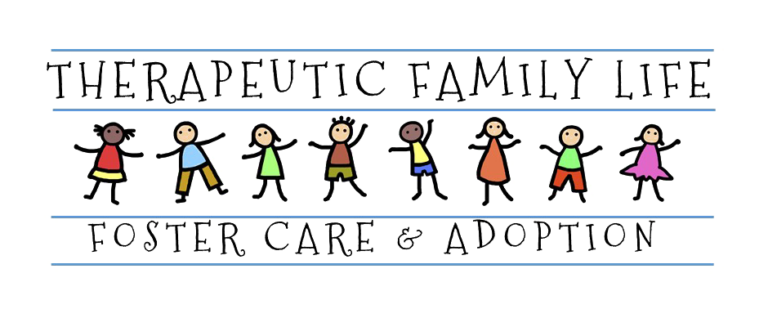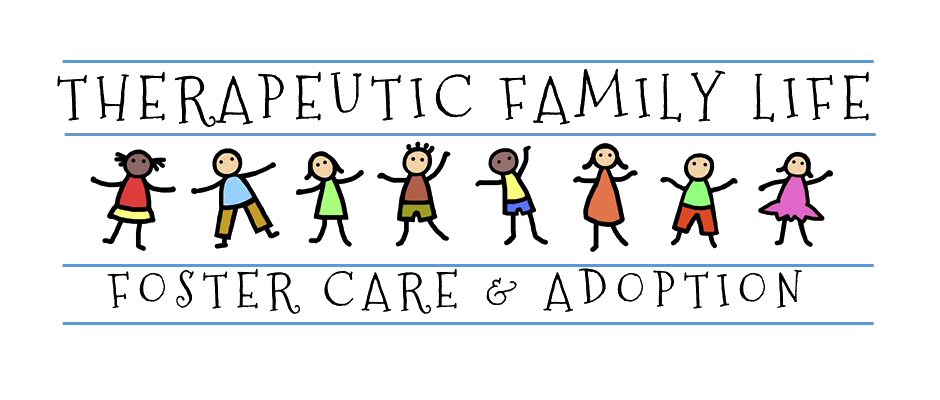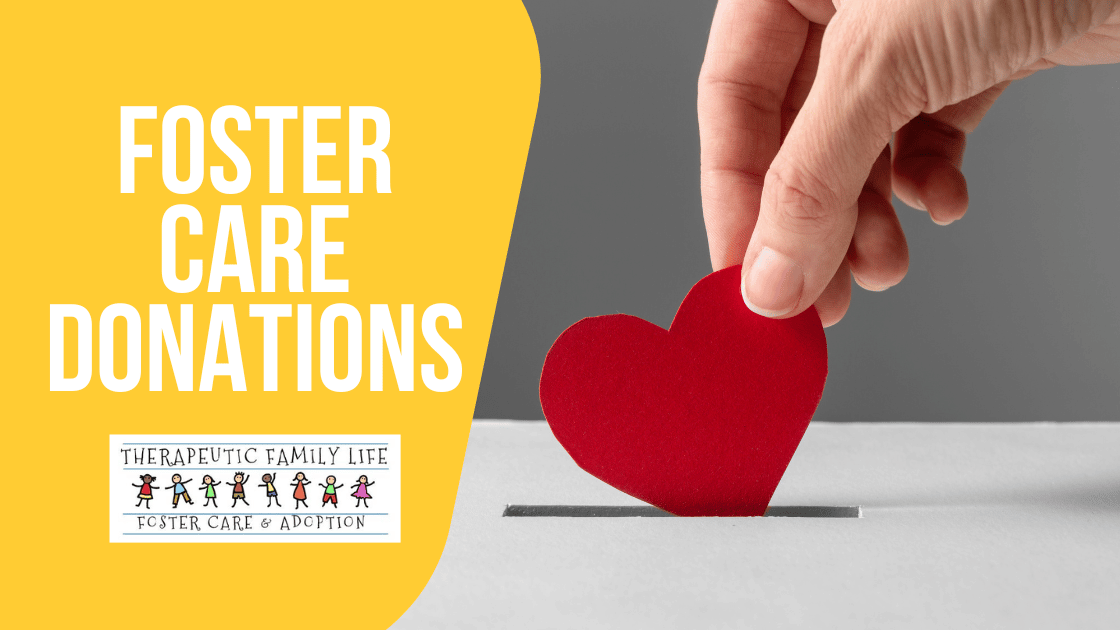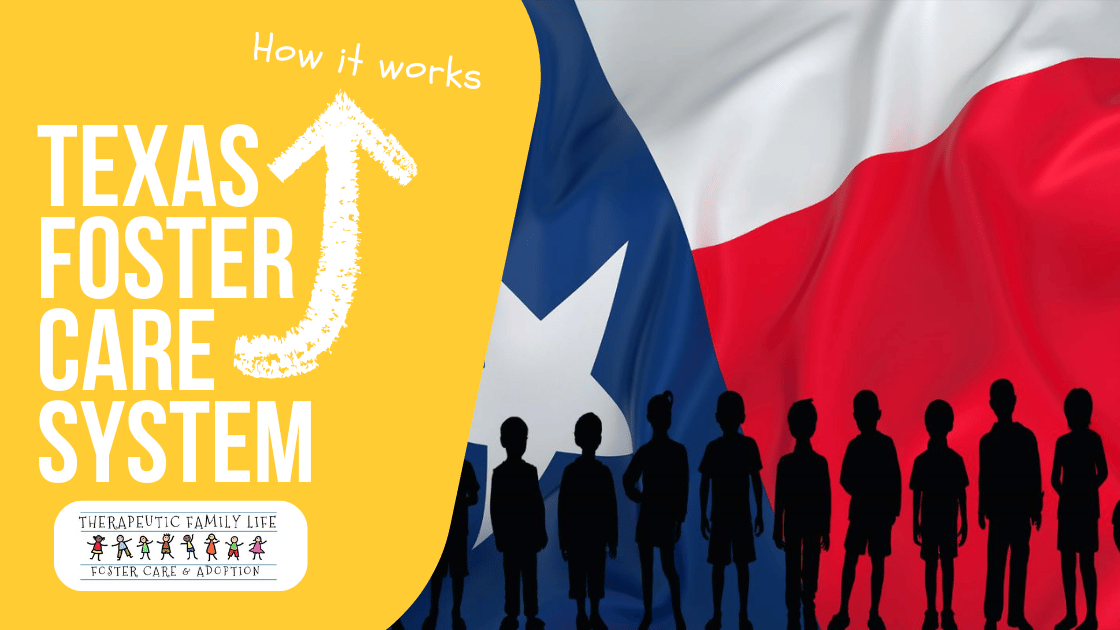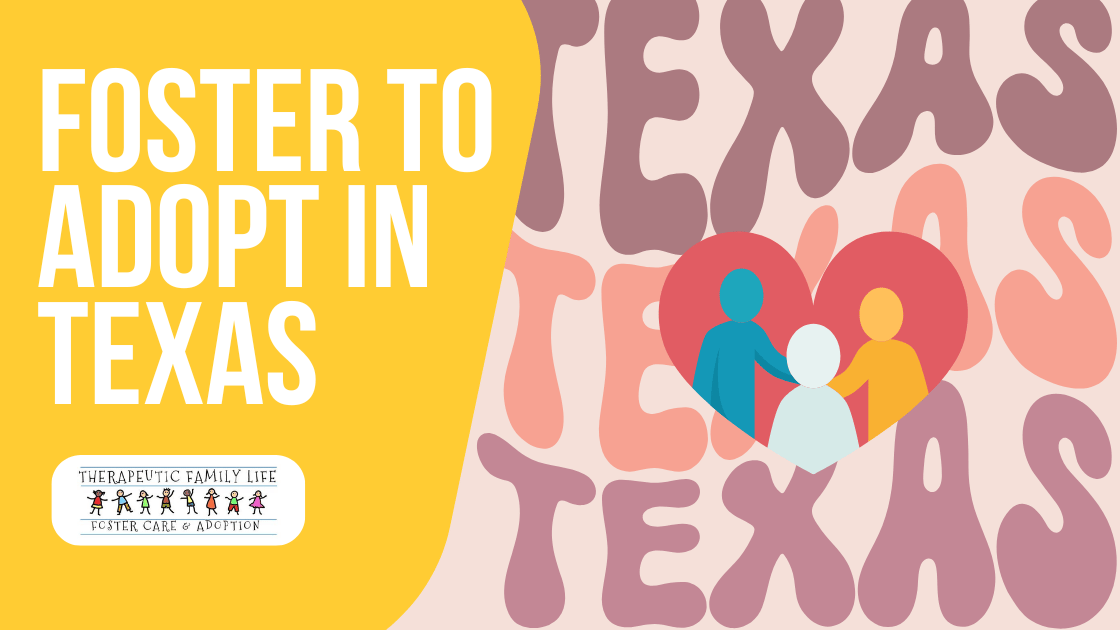The goal of foster care is reunification, in which the child can be reunited with their biological parent(s) after separation. What happens, then, if you find yourself in the unique situation of fostering a family member?
Generally speaking, the goal of fostering a family member (also known as kinship care) isn’t too different from those that exist with traditional foster care. Per theChild Welfare Information Gateway, “Kinship care is when children and youth live with relatives, such as aunts, uncles, grandparents, siblings, extended family, or fictive kin (those known to the family).
The goal of kinship care is to provide a younger family member with a safe and stable environment until it is deemed safe for them to return to their biological parents. That being said, kinship care isn’t without its own set of challenges, such as grief, loss, sadness, stress, and conflict, especially if there is the presence of complex family dynamics.
If you find yourself in the unique situation of fostering a family member, you need to arm yourself with the knowledge of what to expect and the steps you can take to overcome common challenges and forge a nurturing bond. As is true with all foster care dynamics, the closer the bond, the easier the fostering experience will be for all parties involved.
This blog will explore the emotional journey of fostering a family member, whether a sibling, cousin, niece, nephew or dear family friend.
What it Means to Foster a Family Member

Kinship care is an alternative to foster care, in which the foster child gets to move in with people they know as opposed to strangers, which can, initially, often result in anger, fear, and confusion. In fact, it’s actually preferred and looked into as an option before entering a child into the foster care system.
Like foster care, however, children may find themselves staying with a relative or trusted family friend for the following reasons:
Parents Are Unfit to Continue Caring for the Child
With both foster care and kinship care, one of the most common reasons for children being removed from their biological parents is because the parents are no longer fit to raise them. This could be the result of many things, but the presence of abuse and/or neglect are among the most common reasons.
There’s a Sudden Change in Family Dynamics
Not every child who finds themselves in kinship care comes from a tragic past, as much as they are dealing with sad circumstances, mainly the death of a parent.
If a child only had one living parent and he or she passed away, kinship care is offered to help them adjust to their new normal. They might also find themselves living with a trusted friend or relative if their providing parent is incarcerated, physically ill to the point of not being able to care for them anymore or facing extreme financial issues due to job loss or change in financial status.
As is with the parents being unfit to continue raising their child, kinship care steps in where there is no legal biological guardian available to care for the child, whether that’s the result of death, incarceration, or other sudden change in family dynamics in which the current living situation can’t continue.
These are two of the most common reasons for kinship care, but anyone considering stepping up to the plate must be made fully aware of the commitment. While the goal of kinship care is to provide temporary housing and a supportive environment until reunification with their biological parents can occur, in cases of death or long-term imprisonment, you may be physically, financially, and emotionally responsible for your young relative until they turn 18.
As is with bringing a child into this world, raising a child, whether it’s your younger sibling, cousin, grandchild, niece, or nephew, can be a big commitment. Understanding what you’re committing to – and that you want the commitment – isn’t just responsible, but necessary in ensuring that the child receives the love, care, and dedication they deserve.
Types of Kinship Care

There are two different types of kinship care – formal and informal. With formal kinship care, the biological parents request the local child welfare agency that their child(ren) be looked over and cared for by a trusted family member.
With informal kinship care, a family member looks over and cares for a child, not at the request of the local child welfare agency. The big difference here is that with formal kinship care, the local authority provides support to kinship carers, including child tax credits, benefits, and resources if the child is either disabled or has special needs.
The Emotional Dynamics of Fostering a Family Member
As mentioned above, there are a lot of emotions that come along with kinship care, not just for the younger child but for everyone involved. For example, an older sibling that takes over responsibility for their younger brother or sister after their parent’s death may trigger feelings of resentment, anger, and sadness at the new dynamic, with the older sibling feeling overwhelmed and ill-prepared to suddenly serve in a parental capacity.
This, of course, is just one example, but it highlights the complex range of emotions that kinship carers might feel when fostering a family member. Other common examples might include not knowing where to turn for common resources like Permamcey Care Assistance, which can help cover childcare costs, or therapeutic services to help their family member cope with trauma, grief, or other complex emotions.
On top of this, in cases where reunification with biological parents is the goal, kinship caregivers may worry about the problems that may arise with their family members, depending on the circumstances.
It’s because of all these complex emotions that both the young family member and their kinship caregiver nurture their bond so that things like reunification, stability, and support can be achieved. As the person fostering a family member, here are a few ways you can go about this:
Create Your Support System
Agreeing to foster a family member is a big decision and while you’ll want to find resources that can help your younger relative get the support they need, you can’t overlook yourself in this process either.
To do this, you should identify and create your support system. This should include case workers, therapists, grief counselors, support groups, other parents at the child’s school, and whoever else can help you get the help you need when you need it. One of the cornerstones of any type of foster care/kinship care relationship is connection; For you to provide a safe, nurturing environment, you must be able to practice self-care for yourself first – and this is done by identifying a support system that can answer questions, set up appointments, and help you learn tools that foster open communication and empathy.
Kinship caregivers are often dragged into the middle of complex family dynamics or reeling from tragedy themselves, so addressing your needs is just as paramount as addressing those of the children in your care. Setting kinship caregivers up for success leads to just as much success for their younger children.
Realize There Are Challenges You Have to Overcome and Be Flexible
While deciding to foster a family member is an admirable and selfless thing to do, you’re still embarking on raising a child. Whether you raised a child before or not, kinship care may require a different parenting style than what you’re used to. This is especially true if this is your first time stepping into a parenting role.
That being said, as noted above, identifying who can help you and what resources are available to you are the best ways to adapt to common challenges in kinship care, such as not having legal rights, facing financial difficulties, and even having different religious viewpoints. Here’s aServices to Kinship Caregivers Resouce Guide for help.
Requirements of Kinship Carers
Whereas in typical situations, a friend, relative, or school professional may report signs of abuse and neglect to the Texas Department of Family and Protective Services, in kinship care, these reports are typically made by the family members. To be approved, caregivers must pass background checks and home assessments to ensure the new home environment is suitable for the young family member.
Per theTexas Department of Family and Protective Services, kinship caregivers must meet the following requirements:
- Be at least 21 years old
- Complete an application
- Pass a criminal background check
- Pass misc. background checks by Child Protective Services
- Have and be able to provide proof of steady income
- Submit to a home screening where you can provide details about your lifestyle and background
- Show proof of marriage and/or divorce (though please note you do not have to be in a relationship to foster a family member)
- If married, show proof that you and your spouse are in favor of becoming kinship carers
- Agree to a thorough home screening, including all household members aged 14 and up
- Submit to fingerprinting
- Ensure that your home can accommodate more people, including sleeping space
- Ensure that your home is likely to pass all safety inspections, including fire and health
- Agree that you and all household members will be screened for tuberculosis
- Agree to learn and become CPR and first aid certified
- Agree to get pets vaccinated, if not already
- Agree not to use physical violence as a form of punishment
- Attend between 25-35 hours of training to learn about child neglect and its impact
In addition to meeting these requirements, many kinship caregivers choose to get licensed. While not mandatory in the state of Texas, becoming a licensed Kinship Foster Caregiver has many benefits, with the biggest being financial. Once licensed and caring for a younger family member for at least six months, licensed Kinship Foster Caregivers become eligible to receive Permanency Care Assistance or PCA. Through PCA, kinship caregivers receive monthly payments between $400 – 545 per child in their care to cover their needs until they reach adulthood.
Considering that many kinship caregivers are still working full time or may have taken on the responsibility unexpectedly, this can be a real lifesaver and minimze financial stress. It’s worth noting, however, that (as the name implies) Permanency Care Assistance is only available to kinship carers who decide to provide permanent residency to the child as a result of him or her not being able to reunite with their biological parents.
Who Are the Most Common Kinship Caregivers?
As mentioned above, close family friends, and relatives can apply to become and serve as a kinship caregiver. However, in Texas, the most common carers include grandparents, accounting for approximately two-thirds of kinship caregivers. This is followed by older siblings, then aunts and uncles.
What Does it Look Like for the Child Being Fostered?
So far this blog has focused a lot on how fostering a family member affects the kinship carer, but what about the child being cared for? Like foster care, children and teens may feel a wide range of emotions when living with another family member.
One of the biggest emotions is loss. With matters like death, it’s easy to understand the pain and loss that a child may be feeling. However, it’s important to understand that grief can be the result of any type of loss, not just one that is permanent.
Children and teens adjusting to a new normal, tend to experience something known as ambiguous loss, which is a type of sadness stemming from loss that has nothing to do with the passing of a loved one. This type of loss manifests when there is not only a physical absence from their life (such as no longer being able to see their parent regularly, not living in their house, not having their bedroom, etc.) but when they are unable to get the desired affection and connection from their parents.
The easiest way to think of ambiguous loss is to view it like two people deciding to get divorced, but still living with one another. Despite seeing their spouse, there is no emotional connection. Even though the living dynamic may be similar, it’s not the same.
Ambiguous loss can trigger many uncomfortable feelings and lead to attachment issues, acting out behaviorally, and forcing children to question their identity. Physically, it can manifest in the inability to get restful sleep, anxiety, and gastrointestinal issues.
Because of the serious mental and physical impact ambiguous loss can have, kinship carers need to find support for the child(ren) in their care and nurture strong bonds.
Nurturing Bonds and Finding Support
With children and teens in kinship care experiencing so much ambiguous loss and its side effects, those who are responsible for them must prioritize their well-being. There are a few ways caregivers can go about this to develop or strengthen a meaningful relationship:
Provide Validation
When a child feels heard, they also feel valued. Kids and teens who find themselves in kinship care are suddenly forced to not only deal with a new living situation but a brand new family dynamic. For example, how they would have interacted with a grandparent beforehand is now different and this can take some time to get adjusted to.
To make this transition easier, it’s up to kinship carers to listen and provide validation to those in their care. By acknowledging that they have every right to feel how they do, it creates a sense of trust and security that they are safe to come to you with their feelings and you won’t judge them or discipline them for it. Simply put, validation helps plant the seed for connection. If they feel like they can come talk to you, they will continue to talk to you moving forward.
Provide Them With Resources
Anyone experiencing loss, anxiety, or depression needs to get help from a licensed professional. This is especially true for kids and teens in kinship care who may be dealing with trauma caused by abuse or neglect.
Resources, whether it’s hiring a tutor at school, enrolling them in therapy, encouraging them to join a support group or even getting involved in fun extracurricular activities where they can be a kid and make friends is a wonderful way of providing them with the nurturing environment they deserved, but perhaps, otherwise missed out on.
Encourage Healthy Relationships With Their Biological Parents
If possible, encourage ongoing and healthy relationships with their biological parents through letters, text messages, phone calls, or in-person visits. Though some cases of kinship care do become permanent, many are just temporary.
Maintaining connection, if and when appropriate, helps minimize further disruption and loss in their lives.
Find Resources For Yourself to Make the Transition Smoother
As a kinship caregiver, you have to make it a point to take care of yourself in the process. As mentioned earlier, you’ll want to educate yourself on the ins and outs of kinship care, find support groups or other kinship caregivers to glean information and advice from, and know which professionals to reach out to, including therapists, that can help children through the transition. For example, if the child is experiencing behavioral issues, find a counselor who specializes in child development.
Arming yourself with who to go to, how to answer certain questions, and when to seek help from a professional is key to ensuring that the child in your care gets the help they need during this time of transition. In doing so, you create a caring environment for them that reminds them that you want the best for them.
Interested in Becoming a Kinship Caregiver in Texas? The Team at Therapeutic Family Life Can Help!
Deciding to foster a family member is a selfless act. It helps provide stability for your relative when they are experiencing a time of transition. As opposed to upending their normal routine, kinship care provides a certain level of familiarity in which children can thrive and work through past traumas while focusing on reunification, if possible.
That being said, it is a big responsibility. Those who are interested should understand the requirements, responsibilities, and resources available to them to help them and the child in their care succeed. The bottom line is that kinship care is often very successful and it can be a joyful and life-changing experience for everyone involved. If you are ready to learn more, the team at Therapeutic Family Life is here to help.
Whether it’s answering questions or getting you set up on the path of kinship care, we can help. Contact us today to learn more. When you choose kinship care, you offer the amazing gift of being someone’s hero in their time of need and keeping the family together. This goes a long way in helping children become well-adjusted adults.
About This Author

Courtney Dercqu
Courtney Dercqu is a freelance writer and editor living in Central Florida. Having written about everything from healthcare to tourism, she holds a passion for helping others, which is how she landed at Therapeutic Family Life. She holds a Bachelor of Arts in Creative Writing and English. Her work has been published in Elite Daily, Collective World, Thought Catalog, The Good Men Project, YourTango, and many more.
- Courtney Dercqu#molongui-disabled-link
- Courtney Dercqu#molongui-disabled-link
- Courtney Dercqu#molongui-disabled-link
- Courtney Dercqu#molongui-disabled-link
